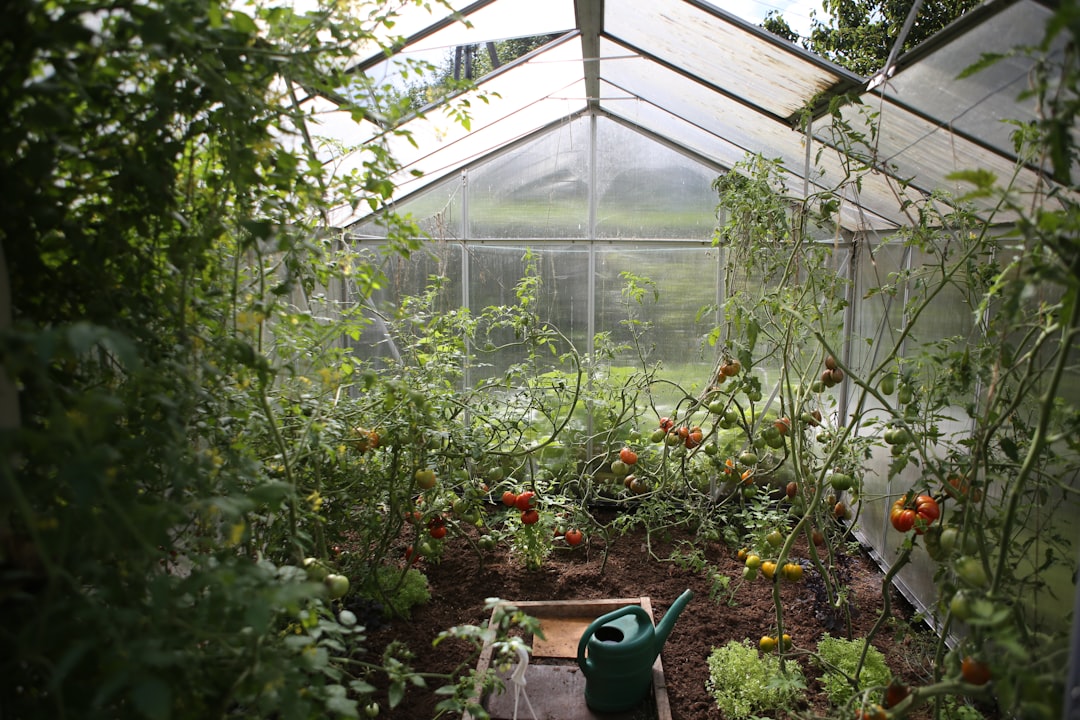Choosing the right glazing material for your greenhouse is essential for maintaining optimal growing conditions. The type of glazing affects light transmission, insulation, durability, and cost. In this guide, we’ll compare the three main greenhouse glazing options—glass, polycarbonate, and plastic films—to help you determine the best choice for your needs.
1. Glass: The Traditional and Elegant Choice
Glass has been the standard glazing material for greenhouses for centuries. It offers excellent light transmission but comes with certain drawbacks.
Pros:
-
Superior Light Transmission – Allows up to 90% of sunlight to reach plants
-
Durability – Lasts for decades if properly maintained
-
Aesthetic Appeal – Provides a classic, elegant look
-
Resistant to UV Degradation – Does not yellow or lose clarity over time
Cons:
-
Expensive – High initial cost for materials and installation
-
Fragile – Can break easily due to impact or extreme weather conditions
-
Heavy – Requires a strong and sturdy frame for support
-
Poor Insulation – Single-pane glass has low heat retention, requiring additional heating in colder climates
2. Polycarbonate: The Durable and Energy-Efficient Option
Polycarbonate is a popular choice for modern greenhouses due to its strength and insulation properties.
Pros:
-
Impact-Resistant – Much stronger than glass, making it ideal for areas prone to hail or strong winds
-
Good Insulation – Twin-wall and multi-wall polycarbonate sheets provide excellent heat retention
-
Lightweight – Easier to install and requires less structural support than glass
-
UV Protection – Many polycarbonate panels come with UV-resistant coatings to prevent yellowing
Cons:
-
Moderate Light Transmission – Allows around 80-85% of sunlight, slightly less than glass
-
Can Discolor Over Time – May develop a yellowish tint after prolonged sun exposure if not UV-coated
-
Higher Initial Cost than Plastic Films – More expensive than polyethylene but still cheaper than glass
3. Plastic Films (Polyethylene): The Budget-Friendly and Flexible Solution
Plastic films are the most affordable glazing option, commonly used in hoop houses and temporary greenhouses.
Pros:
-
Low Cost – Cheapest option for greenhouse covering
-
Easy Installation – Can be stretched over frames with minimal tools
-
Good Light Transmission – High-quality polyethylene films can transmit up to 85% of sunlight
-
Flexible and Lightweight – Suitable for various greenhouse shapes and structures
Cons:
-
Short Lifespan – Typically lasts 3-5 years before needing replacement
-
Less Durable – Prone to tears, punctures, and weather-related damage
-
Lower Insulation – Does not retain heat as well as polycarbonate or glass
-
May Require Frequent Replacement – UV degradation can reduce effectiveness over time
Conclusion: Choosing the Best Glazing for Your Needs
The right glazing material depends on your budget, climate, and long-term gardening goals:
-
Choose glass if you want a long-lasting, elegant structure and have the budget for it.
-
Choose polycarbonate if you need a durable, energy-efficient option that balances cost and performance.
-
Choose plastic film if you’re looking for an inexpensive and flexible solution for temporary or seasonal use.
By understanding the pros and cons of each glazing option, you can make an informed decision that ensures your greenhouse provides the best environment for your plants.
What glazing material do you prefer for your greenhouse? Share your experiences and thoughts in the comments below!

Comments
No comments yet. Be the first to comment!
You must be logged in to comment. Login